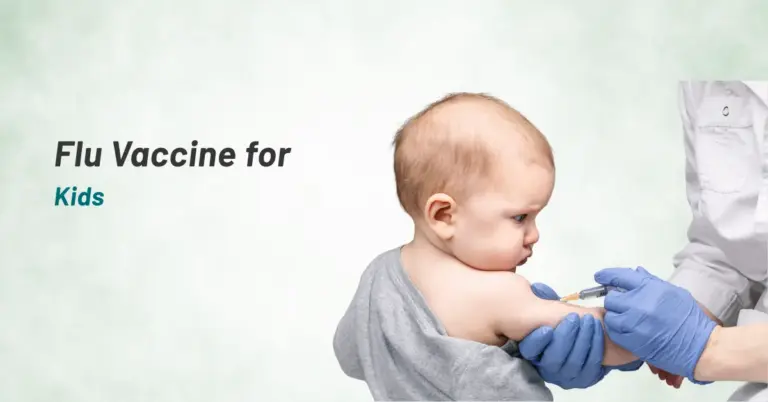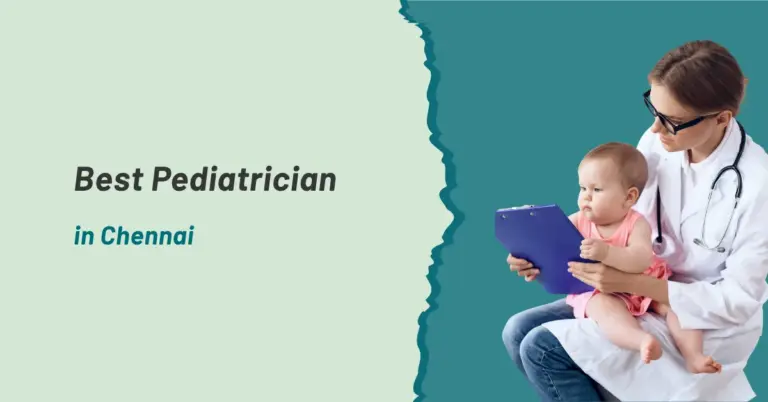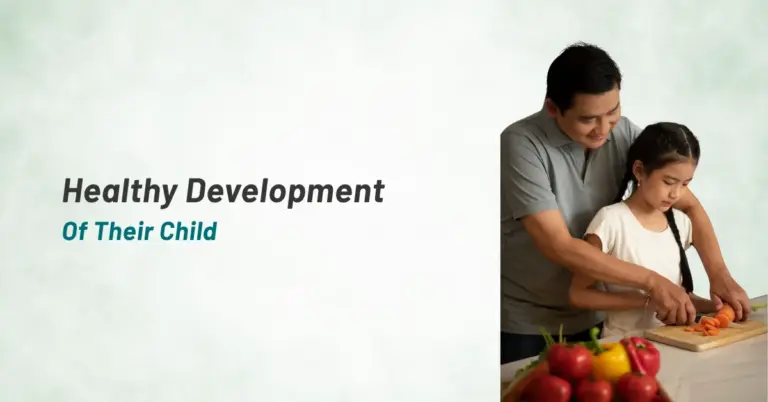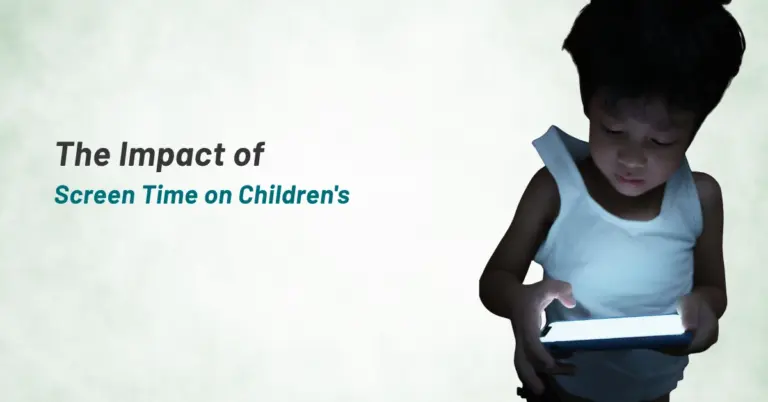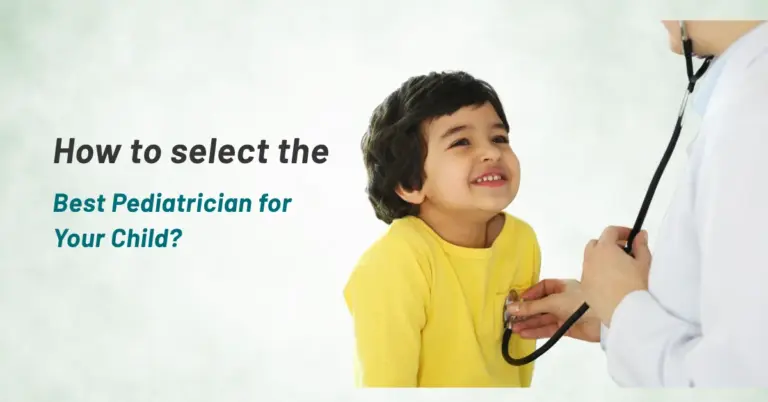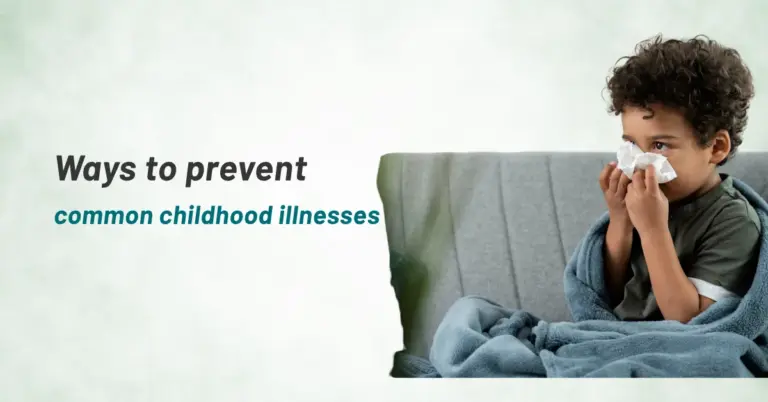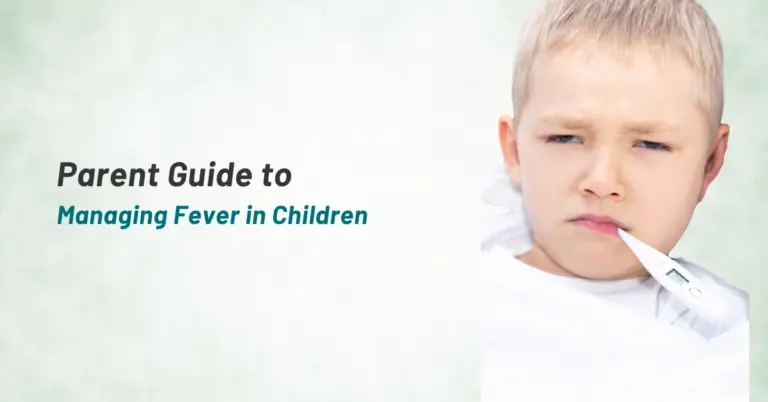The H3N2 virus, a subtype of Influenza A, has gained global attention due to its rapid spread and significant health impact. This virus is responsible for seasonal flu outbreaks and is known for its high transmission rate and severe symptoms, particularly in vulnerable populations. In this article, we’ll discuss the H3N2 flu, its symptoms, treatment options, and preventive measures.
What is H3N2?
The H3N2 virus is a strain of Influenza A that causes respiratory illness. This virus is part of a group of four primary strains of influenza—A, B, C, and D—that can infect humans. It spreads quickly and has been linked to multiple seasonal flu outbreaks globally, including a significant rise in cases in India in recent months.
In India, the H3N2 flu has affected both children and adults, particularly those under 15 years or over 50. Symptoms can last between 5 to 7 days, but complications such as persistent coughing may extend up to three weeks. It is crucial to recognize the symptoms early to prevent severe health outcomes.
Symptoms of H3N2 Influenza
Individuals infected with the H3N2 virus may experience flu-like symptoms, including:
- High fever
- Body aches
- Sore throat
- Headaches
- Sneezing
- Coughing
- Runny nose
- Chills
- Fatigue
- Nausea and vomiting
- Diarrhea (common in children)
- Muscle weakness
In severe cases, H3N2 symptoms can lead to pneumonia, posing a significant risk to young children, the elderly, and those with weakened immune systems.
How Does H3N2 Spread?
The H3N2 virus spreads through droplets released when an infected person coughs, sneezes, or speaks. It can also be transmitted through direct contact with infected individuals or indirect contact with contaminated surfaces.
Practicing good hygiene and avoiding close contact with sick individuals are key to reducing transmission.
Diagnosis of H3N2 Virus
Distinguishing H3N2 influenza from other respiratory illnesses requires laboratory tests. Common diagnostic methods include:
- RT-PCR Testing: Identifies the presence of the H3N2 virus in respiratory samples.
- Viral Culture: Detects the virus by growing it in a laboratory.
- Antibody Tests: Measures the immune response to the virus.
How Long Does H3N2 Flu Last?
Symptoms of the H3N2 flu typically last about 5 to 7 days. While fever subsides within 3 days, a persistent cough may continue for weeks. Recovery can be accelerated with rest, hydration, and appropriate medications.
Treatment for H3N2
The treatment for H3N2 involves symptom management and preventive care:
- Rest and hydration.
- Over-the-counter medications to reduce fever and relieve cough.
- Avoidance of antibiotics like azithromycin unless prescribed, as misuse can lead to antibiotic resistance.
- Antiviral medications may be recommended for severe cases or high-risk individuals.
The Indian Medical Association emphasizes avoiding panic and advises against self-medication.
Preventing H3N2 Infection
Prevention is key to reducing the spread of H3N2 influenza. Here’s how you can protect yourself and your loved ones:
- Vaccination: Annual flu shots are the most effective preventive measure.
- Hand Hygiene: Wash hands frequently and use hand sanitizers.
- Mask Usage: Wear masks in crowded or public places.
- Social Distancing: Avoid close contact with infected individuals.
- Healthy Lifestyle: Eat a balanced diet to boost immunity.
- Home Isolation: Stay home if you exhibit symptoms to prevent spreading the virus.
Parents should avoid sending symptomatic children to school to minimize community transmission.
Comprehensive Pediatric Care for H3N2 Flu
For parents concerned about their child’s health during the flu season, Prashanth Hospital offers a Pediatrics Health Check-up Package in Chennai. Our expert pediatric specialists, led by Dr. Seenivasan Subramani, Head of the Pediatric Intensive Care Unit, provide comprehensive care and guidance for managing and preventing H3N2 infections.
Conclusion: Stay Informed and Protected
Understanding the symptoms of H3N2, its transmission, and prevention can significantly reduce the risk of infection. Early diagnosis and appropriate treatment ensure better outcomes and faster recovery. Stay vigilant, prioritize hygiene, and consult medical professionals for timely care.


